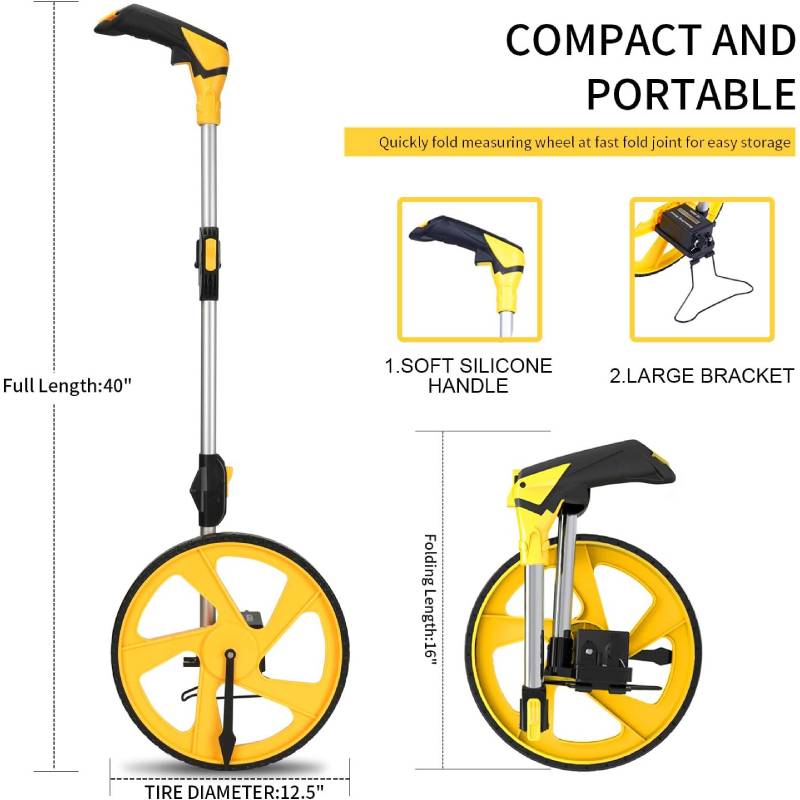
-
 Afrikaans
Afrikaans -
 Albanian
Albanian -
 Amharic
Amharic -
 Arabic
Arabic -
 Armenian
Armenian -
 Azerbaijani
Azerbaijani -
 Basque
Basque -
 Belarusian
Belarusian -
 Bengali
Bengali -
 Bosnian
Bosnian -
 Bulgarian
Bulgarian -
 Catalan
Catalan -
 Cebuano
Cebuano -
 Corsican
Corsican -
 Croatian
Croatian -
 Czech
Czech -
 Danish
Danish -
 Dutch
Dutch -
 English
English -
 Esperanto
Esperanto -
 Estonian
Estonian -
 Finnish
Finnish -
 French
French -
 Frisian
Frisian -
 Galician
Galician -
 Georgian
Georgian -
 German
German -
 Greek
Greek -
 Gujarati
Gujarati -
 Haitian Creole
Haitian Creole -
 hausa
hausa -
 hawaiian
hawaiian -
 Hebrew
Hebrew -
 Hindi
Hindi -
 Miao
Miao -
 Hungarian
Hungarian -
 Icelandic
Icelandic -
 igbo
igbo -
 Indonesian
Indonesian -
 irish
irish -
 Italian
Italian -
 Japanese
Japanese -
 Javanese
Javanese -
 Kannada
Kannada -
 kazakh
kazakh -
 Khmer
Khmer -
 Rwandese
Rwandese -
 Korean
Korean -
 Kurdish
Kurdish -
 Kyrgyz
Kyrgyz -
 Lao
Lao -
 Latin
Latin -
 Latvian
Latvian -
 Lithuanian
Lithuanian -
 Luxembourgish
Luxembourgish -
 Macedonian
Macedonian -
 Malgashi
Malgashi -
 Malay
Malay -
 Malayalam
Malayalam -
 Maltese
Maltese -
 Maori
Maori -
 Marathi
Marathi -
 Mongolian
Mongolian -
 Myanmar
Myanmar -
 Nepali
Nepali -
 Norwegian
Norwegian -
 Norwegian
Norwegian -
 Occitan
Occitan -
 Pashto
Pashto -
 Persian
Persian -
 Polish
Polish -
 Portuguese
Portuguese -
 Punjabi
Punjabi -
 Romanian
Romanian -
 Russian
Russian -
 Samoan
Samoan -
 Scottish Gaelic
Scottish Gaelic -
 Serbian
Serbian -
 Sesotho
Sesotho -
 Shona
Shona -
 Sindhi
Sindhi -
 Sinhala
Sinhala -
 Slovak
Slovak -
 Slovenian
Slovenian -
 Somali
Somali -
 Spanish
Spanish -
 Sundanese
Sundanese -
 Swahili
Swahili -
 Swedish
Swedish -
 Tagalog
Tagalog -
 Tajik
Tajik -
 Tamil
Tamil -
 Tatar
Tatar -
 Telugu
Telugu -
 Thai
Thai -
 Turkish
Turkish -
 Turkmen
Turkmen -
 Ukrainian
Ukrainian -
 Urdu
Urdu -
 Uighur
Uighur -
 Uzbek
Uzbek -
 Vietnamese
Vietnamese -
 Welsh
Welsh -
 Bantu
Bantu -
 Yiddish
Yiddish -
 Yoruba
Yoruba -
 Zulu
Zulu


Nov . 05, 2024 16:41 Back to list
11kv earthing rod
The Importance of 11kV Earthing Rods in Electrical Systems
In the realm of electrical engineering, safety and reliability are paramount. One critical component that contributes to the safety of electrical systems is the earthing rod, especially in high-voltage applications such as 11kV systems. An earthing rod serves as a vital grounding mechanism, helping to protect both equipment and individuals from electrical faults. This article explores the significance, design, installation, and maintenance of 11kV earthing rods in electrical systems.
Understanding Earthing in Electrical Systems
Earthing, or grounding, refers to the process of connecting an electrical installation to the ground, creating a low-resistance path for fault currents. It mitigates the risk of electric shock in the event of insulation failure or equipment malfunction. An effective earthing system is not only crucial for the safety of personnel but also for the reliable operation of electrical equipment.
The Role of 11kV Earthing Rods
For high-voltage systems, such as those operating at 11kV, earthing rods play a pivotal role. These rods are typically made of conductive materials such as copper or galvanized steel, designed to penetrate the earth and provide a pathway for excess electrical energy to dissipate safely. When a fault occurs, for instance, during short circuits, the earthing rod conducts the fault current into the ground, preventing equipment damage and reducing the risk of electrical fires.
Design Considerations
The design of an earthing rod is influenced by several factors, including soil resistivity, rod material, and the expected fault current levels. The effectiveness of an earthing rod is heavily dependent on the surrounding soil. High-resistivity soil can hinder the flow of current, necessitating longer or multiple rods for effective grounding. Engineers often perform soil resistivity tests to determine the appropriate configuration for an earthing system.
11kv earthing rod

The diameter and material of the earthing rod are also critical. Copper rods are preferred in many cases due to their excellent conductivity and resistance to corrosion. Galvanized steel rods offer a cost-effective alternative but may not provide the same level of performance in highly corrosive environments.
Installation Procedures
The installation of 11kV earthing rods requires careful planning and adherence to safety standards. The rods are typically driven into the ground to a depth that ensures good contact with the earth. A minimum of two rods are often required for redundancy, where one acts as the primary ground, and the other serves as a backup.
The depth of the rods typically ranges from 2 to 3 meters, though this can vary based on soil conditions. After installation, the impedance of the earthing system should be measured to ensure it meets regulations, often requiring values below 1 ohm for high-voltage applications.
Maintenance and Testing
Regular maintenance and testing of earthing rods are essential to ensure their continued effectiveness. Over time, environmental factors such as corrosion, soil movement, and moisture levels can affect ground resistance. Periodic testing using earth resistance testers is recommended to verify conductivity. If resistance levels rise above acceptable limits, remedial actions, such as cleaning, re-boring, or adding more rods, may be necessary.
Conclusion
The significance of 11kV earthing rods in electrical systems cannot be overstated. They provide a critical safety mechanism that ensures both human and equipment protection from electrical faults. Proper design, installation, and maintenance of earthing systems are vital to their effectiveness and reliability. With a steadfast commitment to safety and performance, engineers must prioritize the implementation of robust earthing solutions, thereby contributing to the overall integrity of electrical infrastructures.
Latest news
What Are Construction Tools and How Are They Used?
NewsJul.11,2025
Professional-Grade Duct Rodding Tools for Superior Cable Installation
NewsJul.11,2025
Enhancing Safety and Efficiency with Modern Hot Stick Solutions
NewsJul.11,2025
Empowering Cable Installation with Advanced Rodder Solutions
NewsJul.11,2025
Elevate Your Cable Installation Projects with Cable Pulling Tools
NewsJul.11,2025
Efficient Cable Handling Solutions: Cable Rollers for Sale
NewsJul.11,2025











